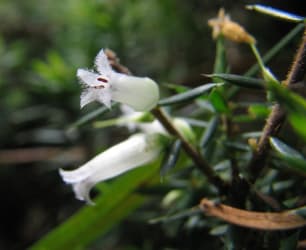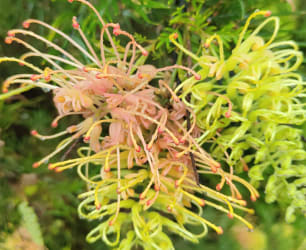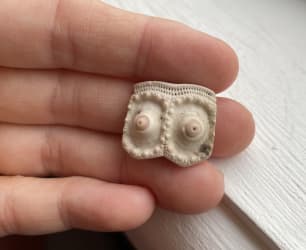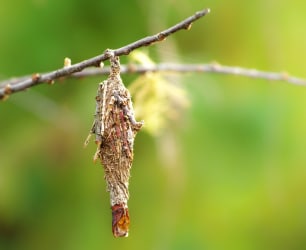Just about to come into massive flower is the Coastal Wattle (Acacia longifolia subsp. sophorae). Widespread on the coastal foredunes throughout the region, and further north and south, Coastal Wattle is an incredibly hardy plant that can cope with frontline conditions including wild winds and salt spray. Often seen as wind-sheared low plants near the sea, it can grow taller and more open a bit further back, such as along the track at Puckey's Estate in Fairy Meadow, where it lines the path at many points.
As I write the flower buds on many plants are still green but growing and becoming paler. Before long the full yellow colour explosion will be on full display.
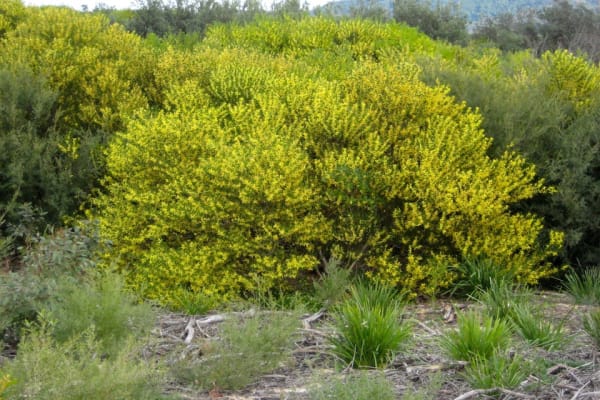
This wattle is common in the region, although it really is restricted to coastal areas as it prefers sandy soils. It will grow elsewhere as long as the soil is very free-draining and not too rich in nutrients.
It is an awesome habitat plant, and attracts a myriad of insects and birds. Right now plants coming into flower are being mobbed by finches, wrens, silvereyes, weevils and robins which hide among the dense foliage and some of which like to eat the insects.
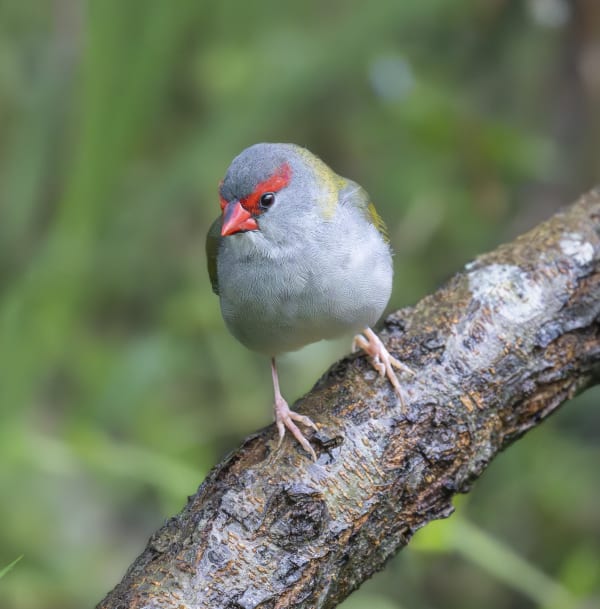
For humans, the seed of Coastal Wattle are one of several wattle species that can be eaten, roasted and ground. Care needs to be taken in determining the species you are looking at, and there are risks associated with incorrect identification. Buying commercially prepared wattle seed is the safest option unless you really know what you are doing.

